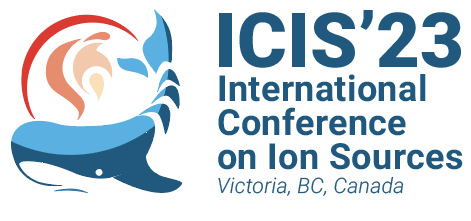Speaker
Description
Most of the currently operating Negative ion Neutral Beam Injectors (N-NBIs) exploit filament-powered sources for the generation of beam ions. Being widely used in fusion experiments, the arc technology has been thoroughly investigated and optimized over the years, allowing to achieve excellent performances in terms of extracted beam optics.
The source geometry, the magnetic field topology and the arc power strongly influence both the plasma discharge and the background gas properties and, consequently, the beam features. In this framework, this contribution describes a numerical investigation of the plasma properties in a filament-powered negative ion source, performed by means of a 2D3V PIC-MCC code. Specifically, we discuss plasma formation by the thermionic electrons emitted by the filaments, investigating their interaction with the background gas. We also study the plasma diffusion through the magnetic filter field and how the latter modifies plasma density, electron temperature and plasma potential along the axial direction when approaching the plasma facing electrode. The positive ion and neutral properties in the proximity of the extraction region are characterised, as the former are the base of the surface production mechanism of negative ions. Finally, we also examine the influence of multi-cusp confinement on the behaviour of filament sources.
The results of this numerical investigation will be helpful to define what are the key physical phenomena underlying the efficiency of filament sources, and will contribute to the development of Radio-Frequency (RF) driven negative ion sources for ITER, in the perspective of reducing the performance gap for the production of cold negative ion beams.
| I have read the Code of Conduct to attend ICIS2023. | Yes |
|---|

